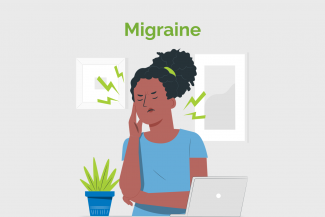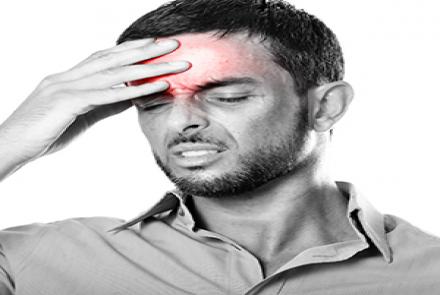Migraine is a chronic type of headache that occurs in episodes and affects the day to day activities of an individual. It usually affects one side of the head. Between migraine episodes, the patient is absolutely free of pain. Migraine is the most common neurological condition in the developed world.

Treatment Options for Migraine
Acute medicines: taken at the time of an attack
- Analgesics like paracetamol for pain
- Non-steroidal anti-inflammatory drugs (NSAIDs) like ibuprofen
- Anti-emetics to prevent nausea and vomiting
- Triptans to treat an acute attack
- Ditans like lasmiditan
- Dihydroergotamine like prochlorperazine
- Gepants – Ubrogepant, Atogepant and Rimegepant, these don’t cause rebound or medication overuse headache like some other drugs.
- Combination of these acute medicines for better effect.
Preventive medicines: taken to prevent an attack on recognition of triggers (also known as prophylactics)
- Beta-blockers to treat high blood pressure (propranolol, atenolol, nadolol).
- Anti-seizure medications that can reduce pian often used in epilepsy (topiramate, valproic acid).
- Calcium channel blockers to relieve pain (verapamil).
- Monoclonal antibodies (fremanezumab, erenumab, galcanezumab).
- Tricyclic antidepressants used to treat depression(nortriptyline, amitriptyline, doxepin).
- Serotonin and norepinephrine reuptake inhibitors used to alleviate depression (venlafaxine, duloxetine).
- Calcitonin gene-related peptide antibodies (CGRP) a new type of preventive treatment.
Non pharmacological methods:
Regular exercise, good sleep, avoiding stress and eating healthily at regular meal times helps.
Relaxation therapy and behavioural therapy, for instance biofeedback (where you learn to control your body’s functions), acupuncture, meditation, or yoga
Changed
30/Mar/2025
Community
Condition

















